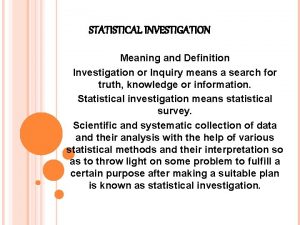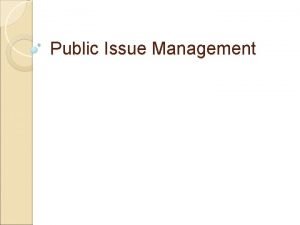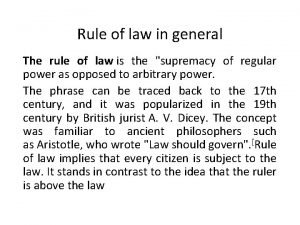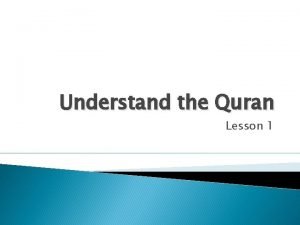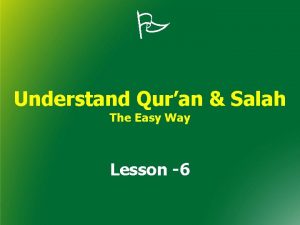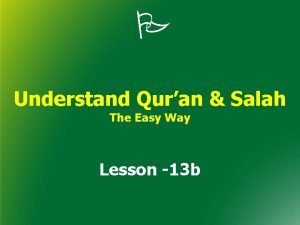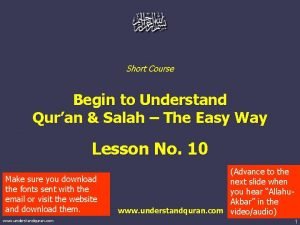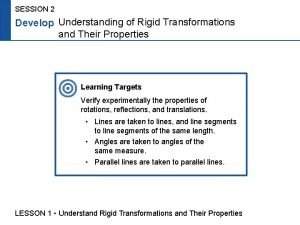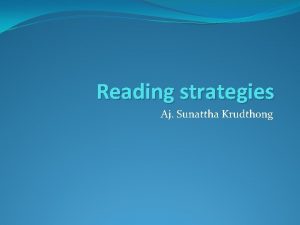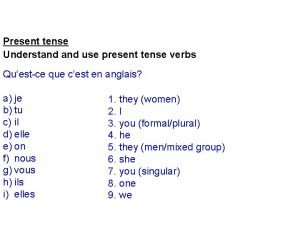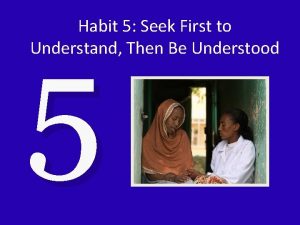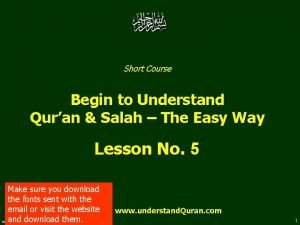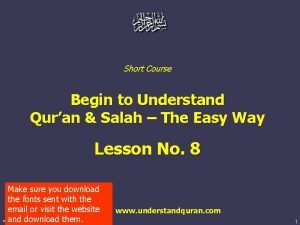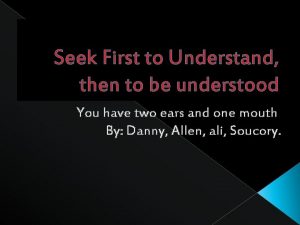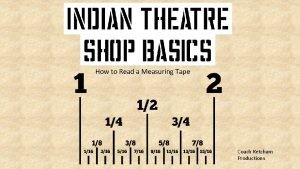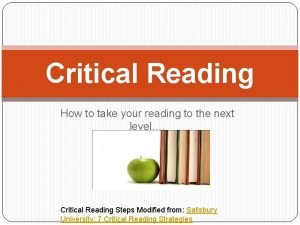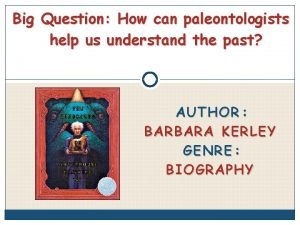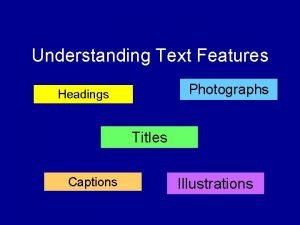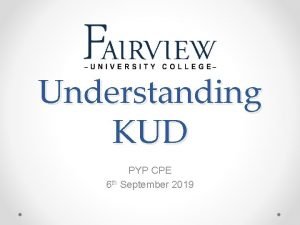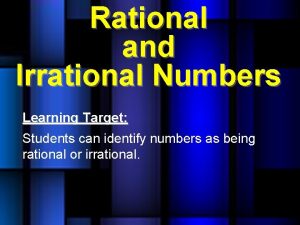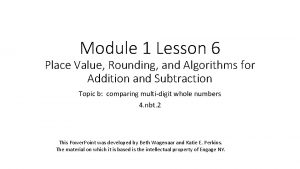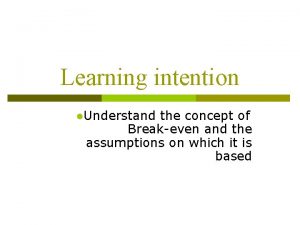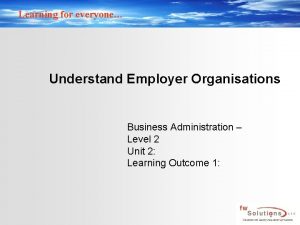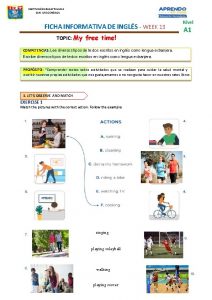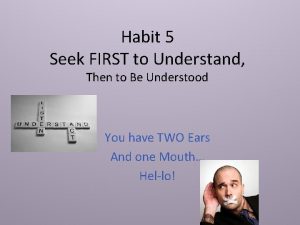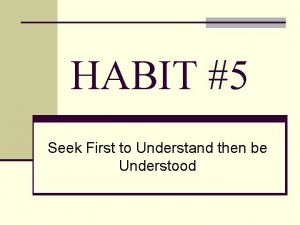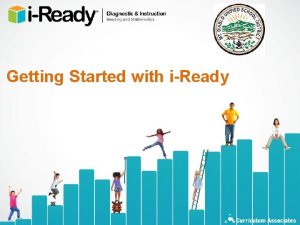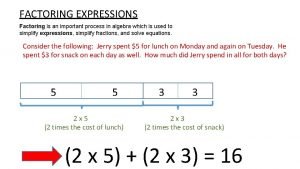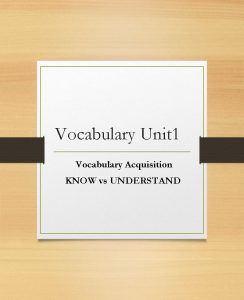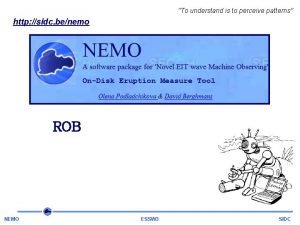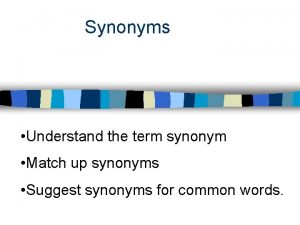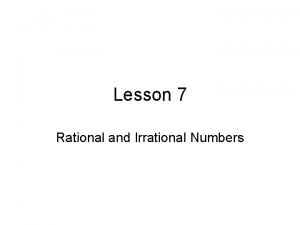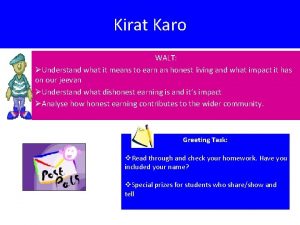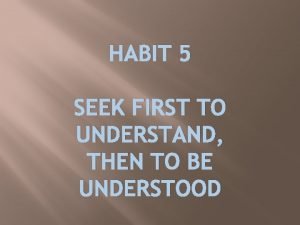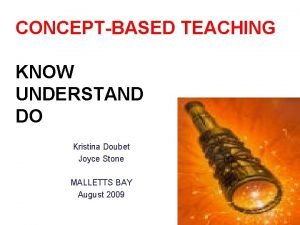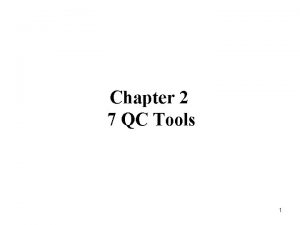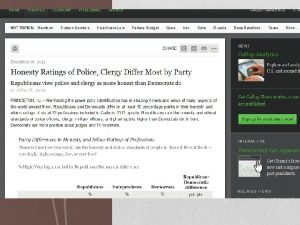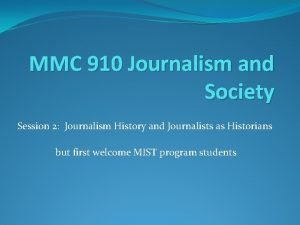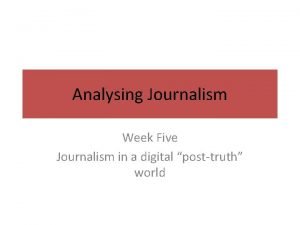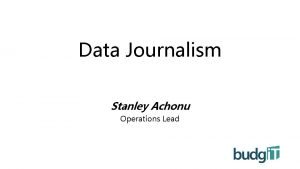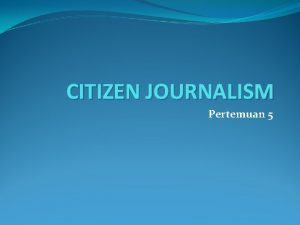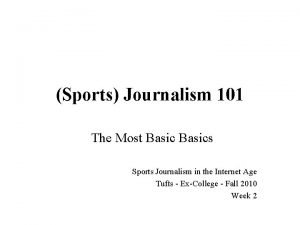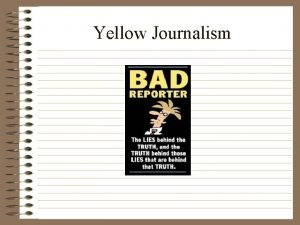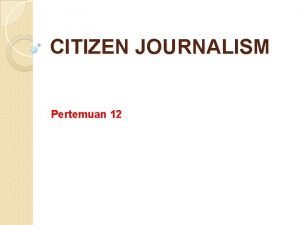Journalism What Journalism How do you understand Journalism







































































- Slides: 71

ጋዜጠኝነት Journalism

ጋዜጠኝነት ምንድነው What Journalism? How do you understand Journalism?

• bringing the news of the day • Information of current interest or importance to an audience • Journalism is a form of writing that tells people about things that really happened, but that they might not have known about already.

• journalism is the process of gathering, writing and reporting/presenting it for an audience. • Whatever the technology, news is information that must be collected and presented to a consumer.

The most important characteristic shared by good journalists is curiosity. Good journalists love to read and want to find out as much as they can about the world around them.
















Journalistic activities

I. Making/Producing News A. Breaking news: Telling about an event as it happens. B. Feature stories: A detailed look at something interesting that's not breaking news. C. Enterprise stories: Stories that uncover information that few people knew. D. Investigative Reporting: News detecting abuse of public interests.

II. Opinion A. Editorials: Unsigned articles that express a publication's opinion. B. Columns: Signed articles that express the writer's reporting and his conclusions. C. Reviews: Such as concert, books, music, movie, etc. reviews.

Online journalism can come in the forms listed above, as well as: • Blogs: Online diaries kept by individuals or small groups. • Discussion boards: Online question and answer pages where anyone can participate. • Wikis: Articles that any reader can add to or change. • Social Media: Face book, Twitter ….

What is News? Over the years, many writers have offered some useful definitions: • It is information only. • If a dog bites a man, that’s not news. But if a man bites a dog, that is news.

• What you see as new is news, what you know is background, what you feel is opinion. • about necessary information and unusual events • based on observable facts • an unbiased story • free from the reporter’s opinion

Checklist for News Writing ü Are the most important and recent facts first? ü Is the story accurate? Are the sources identified fully? ü Are the paragraphs short? ü Is the sentence structure varied in the story? ü Is the story neat and double-spaced so that it is easy to read? ü Does your story flow? Did you use the transition/quote formula? ü Did you use active voice?

Pitfalls to avoid Ø Editorializing - Keep your opinion out of the story Ø Using first and second person - Keep yourself out of the story. Common error “our school” Ø Messy handwriting, poor grammar and spelling Ø Paragraphs too long Ø Misspelling names in the story Ø Trying to use all of the information

How do you get the facts for your news story? There are three main ways to gather information for a news story or opinion piece: · Interviews: Talking with people who know something about the story you are reporting. · Observation: Watching and listening where news is taking place. · Documents: Reading stories, reports, public records and other printed material.

The people or documents you use when reporting a story are called your "sources. " Always tell your readers what sources you've used. You must remember to get the exact spelling of all your sources' names. Be accurate all the time including while presenting names of the sources you quote.

Often, a person's name is not enough information to identify them in a news story. Lots of people have the same name. So you will also want to write down your sources' ages, their hometowns, their jobs and any other information about them relevant to the story.

The five Ws and one H: • • • Who? What ? Where? When? Why? How?

Writing Here are the keys to writing good journalism: • Get the facts -all the facts you can. • Tell your readers where you got every bit of information you put in your story. • Be honest about what you do not know. • Don't try to write fancy - Keep it clear. • Start your story with the most important thing that happened in your story. • This is called your "lead. “ • Lead should summarize the whole story in one sentence.

News Values For measuring newsworthiness

News values are general guidelines or criteria which determine how much prominence a media outlet gives a news story. They explain why a story interests its audience; and how editors and other journalists decide that one piece of information is news while another is not. Media outlets include newspapers, magazines, radio, television, and the Internet.

Measures for stories that attract a significant audience or readership. Set of guidelines to determine what makes news. Values to decide which stories to publish. Guides to decide newsworthy and filter out information that is of little interest to the audience.

Impact or broad appeal How many people are affected? How seriously are

Events affecting many people – the more people, the better the story. Give Examples please! • • • a rise in income tax may, health, welfare, Social conflit, Transport, national security …

Weight What is the definition? Similar to impact BUT… WEIGHT of a story includes how many & how seriously, But can also be measured by depth of pain, shock or how “out of character” or “unexpected” something might be

WEIGHT EXAMPLES Accidental death vs. injury National sporting event vs. local sporting event

Timeliness What is the definition?

• What is new? • The quality of timeliness is that the story provides new, updated relevant information • It is not OLD news • News gets out of date quickly. • If it happened recently, it is timely. • What is regarded as “recent” depends upon the publication cycle of the news medium.

Proximity What is the definition? closeness to home

A newsworthy story can be close to home either geographically or psychologically. An air-crash with five victims is hardly world news. However, the death of one student due to violence in one school can be a front page news for a local news paper.

Prominence • Well-known people can make the news … • Even when their actions are trivial • The bigger you are, the bigger the target! • People are naturally curious about people who are famous or in positions of power

PROMINENCE EXAMPLES Messy Shaves his head (hundreds of thousands of people do this every day…) Dor Abiy’s push-up excersise with artists

Conflict What is the definition? Conflict and disagreement add excitement to a story. News about people or organizations at odds with each other arouse curiosity. People want to know what lies behind the conflict.

Conflict

• Conflict and disagreement add excitement to a story. • People want to witness or know the outcome of the conflict

Novelty What is the definition? Unexpected or strange

• It means the story is intriguing or has an interesting spin to it, not something you hear of everyday • Something out of the ordinary has more news value than an everyday event.

Usefulness What is the definition?

Information that the public needs to navigate the world SAFELY EFFICENTLY ECONOMICALLY

Human interest People are interested in people. A baby rescued from the ruins after an earthquake, A dying child receiving a donated organ, Families reuniting after fifty years all make good stories.

JOURNALISM ETHICS

Defining Ethics is a complex subject. It can’t be adequately defined by single-sentence. Most scholars define ethics as a branch of philosophy, which deals with: • the study of moral behavior, • underlying moral principles and • rational justifications.

What is ethics? • In general what makes something good or bad • Rules of conduct or principles of morality that point us towards the right or best way to act in a situation. • Journalism ethics is therefore, concerned with : • making rational judgments • sound moral decisions in daily journalistic performance.

Ethical Standards in Journalism TRUTH AND ACCURACY keep the good faith of readers by assuring them that the news is: • accurate, • free from bias, and • that all sides are presented fairly • distinguish clearly between comment and fact

OBJECTIVITY The news need to be based on reliable source and traceable as needed.

FAIRNESS There is almost always another side to a story. Journalists have the obligation to present balanced and comprehensive information. Look at all sides of a subject;

BRIBERY Money, gifts … Any form in consideration of either publication or suppression of information. Any form of incentive meant to bend or influence professional performance. Don’t allow personal or family interest to influence your professional duties;

PRIVACY Publication or broadcasting of information, including pictures, about the private lives Concerns of individuals without consent Acceptable only if a serious legitimate public interest be more important than their normal human right of privacy

HARASSMENT AND PURSUIT Undercover and secret methods to get information from sources Consider if conventional means have failed, and the information is of high public interest. When used it has to be explained so in the story; Seeking interviews, information or pictures by intimidation, harassment or persistent pursuit.

DISCRRIMINATION Avoid discriminatory and offensive information or depiction by race, faith, gender, ethnicity, age, disability, gender orientation, geography, physical endowment or social status. Avoid comics and jokes about physical or mental disability and real-life tragedy, which might be painful.

INNOCENT RELATIONS Families of criminals should not be implicated because of association. Avoid identifying relations of persons convicted or accused of crime unless the connection is directly relevant to the matter reported.

RELIGION Avoid casual use of words considered holy by believers. Recognizing the respect and reverence in which they, their representatives and their beliefs are likely to be held by adherents.

CONFIDENTIALITY Never as a rule disclose sources of information given in confidence unless required so by a legal process.

SELF CENSORSHIP Never suppress useful information unless it is in the public interest.



Thank You!
 To understand recursion you must understand recursion
To understand recursion you must understand recursion Literary journalism vs traditional journalism
Literary journalism vs traditional journalism Literary journalism vs traditional journalism
Literary journalism vs traditional journalism Describe the meaning of statistical investigation
Describe the meaning of statistical investigation Similarities of people as media and people in media
Similarities of people as media and people in media What does public issue management mean
What does public issue management mean We understand you
We understand you What do you understand by rule of law
What do you understand by rule of law What do you understand
What do you understand Total potential energy
Total potential energy Signing something you don t understand
Signing something you don t understand Rain
Rain Good health is a choice agree or disagree
Good health is a choice agree or disagree If you think you can you can poem
If you think you can you can poem Tell me what you eat and i shall tell you what you are
Tell me what you eat and i shall tell you what you are I will follow you follow you wherever he may go
I will follow you follow you wherever he may go History contributes to moral understanding.
History contributes to moral understanding. Quran lesson 1
Quran lesson 1 Understand quran
Understand quran Understand quran and salah the easy way
Understand quran and salah the easy way Understand algebraic expressions
Understand algebraic expressions Responsibilities to the individuals you support
Responsibilities to the individuals you support Generic strategies examples
Generic strategies examples Www.understand quran and salah
Www.understand quran and salah Rigid transformation review
Rigid transformation review How to understand scale drawings
How to understand scale drawings Opera refers to a dramatic art form originating in europe
Opera refers to a dramatic art form originating in europe Qualitative quantitative
Qualitative quantitative Je, tu, il/elle nous, vous, ils/elles endings
Je, tu, il/elle nous, vous, ils/elles endings Habit number 5
Habit number 5 Make me understand
Make me understand Ad and bc timeline
Ad and bc timeline Understand quran and salah the easy way
Understand quran and salah the easy way Quran for beginners lesson 1
Quran for beginners lesson 1 Www.understandquran.com
Www.understandquran.com Www.understandquran.com in english
Www.understandquran.com in english We must first seek to understand
We must first seek to understand How to understand and apply the old testament
How to understand and apply the old testament Coach measuring tape
Coach measuring tape Questioning to understand and remember in critical reading
Questioning to understand and remember in critical reading How can paleontologists help us understand the past
How can paleontologists help us understand the past Aim adjective
Aim adjective Headings and captions
Headings and captions Kud meaning education
Kud meaning education Quran for beginners lesson 4
Quran for beginners lesson 4 Real number
Real number Lesson 6 understand decimal place value
Lesson 6 understand decimal place value L understand that
L understand that Understand employer organisations
Understand employer organisations Let's understand
Let's understand Habit 5 examples
Habit 5 examples Seek first to understand then to be understood activities
Seek first to understand then to be understood activities Can we understand god
Can we understand god Understand algebraic expressions iready
Understand algebraic expressions iready Factoring is an important process
Factoring is an important process Make me understand
Make me understand Example of an ideal self
Example of an ideal self Let's understand
Let's understand Know vs understand
Know vs understand To understand is to perceive patterns
To understand is to perceive patterns Synonym match up
Synonym match up Impossible to understand
Impossible to understand Lesson 1-2 understand rational numbers
Lesson 1-2 understand rational numbers List of rational and irrational numbers
List of rational and irrational numbers Kirat karo means
Kirat karo means Aulaclty
Aulaclty Dave's taxonomy of psychomotor domain
Dave's taxonomy of psychomotor domain 5 poor listening styles
5 poor listening styles Make me understand
Make me understand God understands your pain
God understands your pain Know understand do
Know understand do Understand 2-7
Understand 2-7



